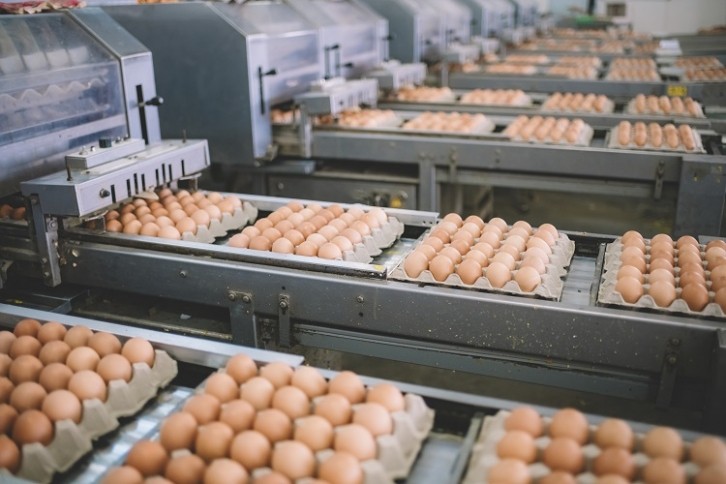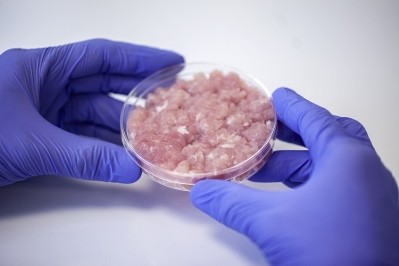‘How many male chicks would not have to suffer culling as a result?’ - Study shows that chick eggs can be sexed by scent

When laying chickens are born, they are immediately sorted into male and female. The male chicks, which are of no use to the industry as they cannot lay eggs and are not the same breed of chicken used for meat, are discarded and culled (killed) a mere day after birth.
Start-ups are devloping solutions that can identify the gender in a hatching egg. German-based Seleggt, for example, is working on gender determination technologies.
Now, a study has discovered that it is possible to tell the male and female eggs apart before they hatch, therefore allowing manufacturers to humanely discard the male eggs long before their chicks experience life, and use those eggs for other things. This means that new born male chicks will not have to suffer culling.
A new study, published in the journal PLOS One, found that chick embryos give off chemicals that could identify what sex they will develop as, known as volatile organic compounds (VOCs).
Using suction cups that are already used in commercial egg handling, the researchers found they could “sniff” the air around the egg without opening it and sample the VOCs. These air samples were analysed with gas chromatography/mass spectrometry, to sex the chicks.
The method allowed the researchers to sex chicks at an accuracy rate of around 80%, after two minutes of sampling. The method was able to identify the sex of the chicks at eight days of incubation.
The method is scalable, according to the researchers. “The system we are working on has the potential to be 'multiplexed' - that means many eggs can be sniffed at once rather than sampling eggs one at a time by poking a hole and waiting for the test,” Tom Turpen, one of the authors of the study, told FoodNavigator.
“Our sniffer widget is completely electronic and operates instantaneously. There are no consumables for diagnostics. There are no holes in the shell.”
A more humane method
The study has wide-ranging implications for the laying industry, as it means male chicks don’t need to be culled at birth – the male eggs can be disposed of before the chick is alive.
“How many male chicks would not have to suffer culling as a result?” Turpen asked.
“The industry estimates that 7 billion day-old chicks are disposed of annually worldwide in the layer industry. Humans consume a lot of eggs.
“It will take a long time for adoption of cull-free systems but the more educated the public is the more likely their choices will drive change.”
Earlier disposal of the male eggs will mean that the male chicks won’t experience the physical pain that they would otherwise have done, he argued. “Developmentally, there is thought to be no significant neural systems capable of sensing pain until after 8 days of incubation.”
Not only are there ethical benefits, but environmental ones as well. “The protein can be repurposed in the supply chain and the hatchery will save on the cost and power required to incubate male eggs only to sacrifice them on day one,” Turpen told us.
It is, Turpen pointed out, difficult to make any large-scale change quickly in an industry such as this, but it is possible that the system could be used widely. “We believe a system based on VOC detection can be a competitive alternative once it is fully integrated with modern automation for egg handling.”
Sourced From: PLOS One
'Active sampling of volatile chemicals for non-invasive classification of chicken eggs by sex early in incubation’
Published on: 22 May 2023
DOI: https://doi.org/10.1371/journal.pone.0285726
Authors: E. Borras,Y. Wang, P. Shah, K. Bellido, K. L. Hamera, R. A. Arlen, M. M. McCartney, K. Portillo, H. Zhou, C. E. Davis, T. H. Turpen























